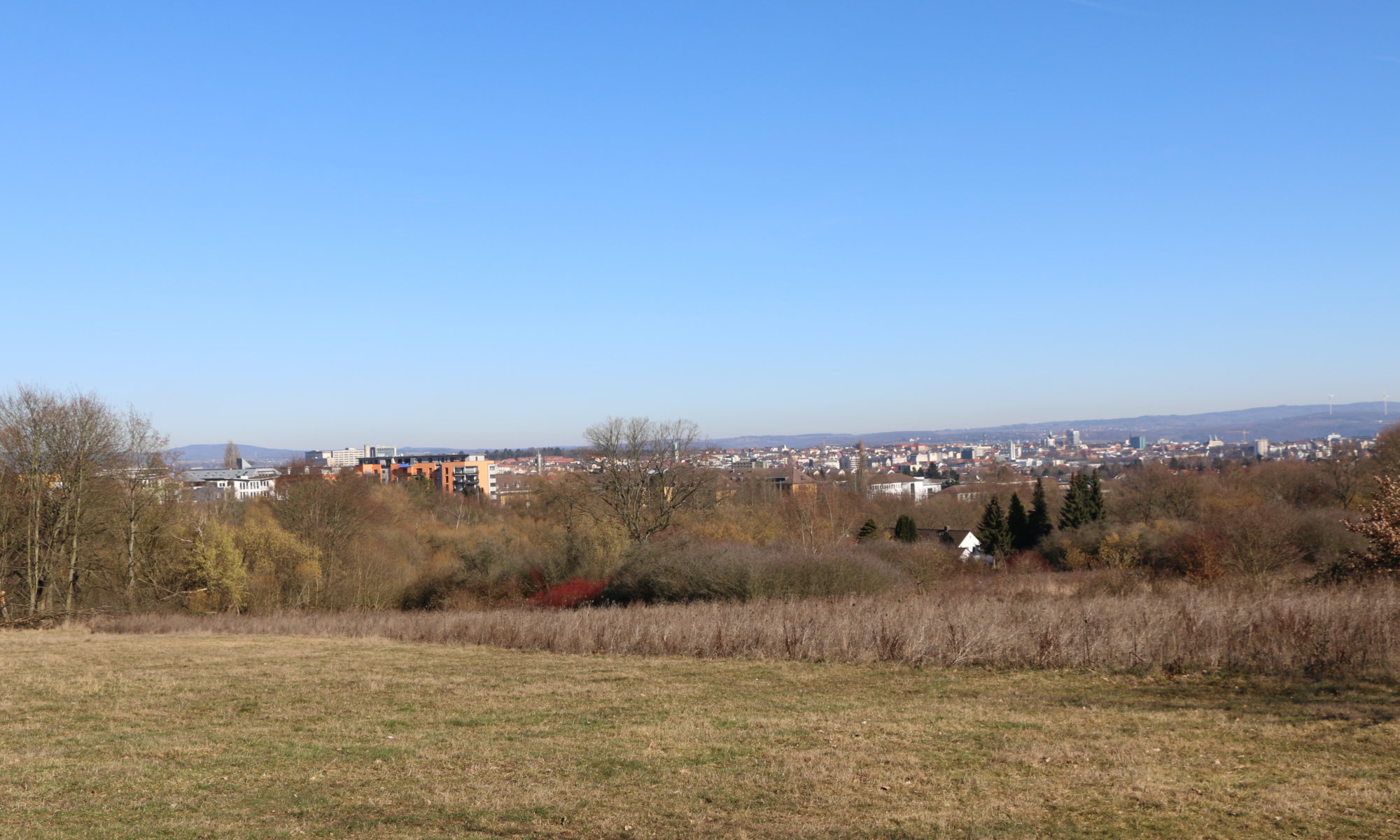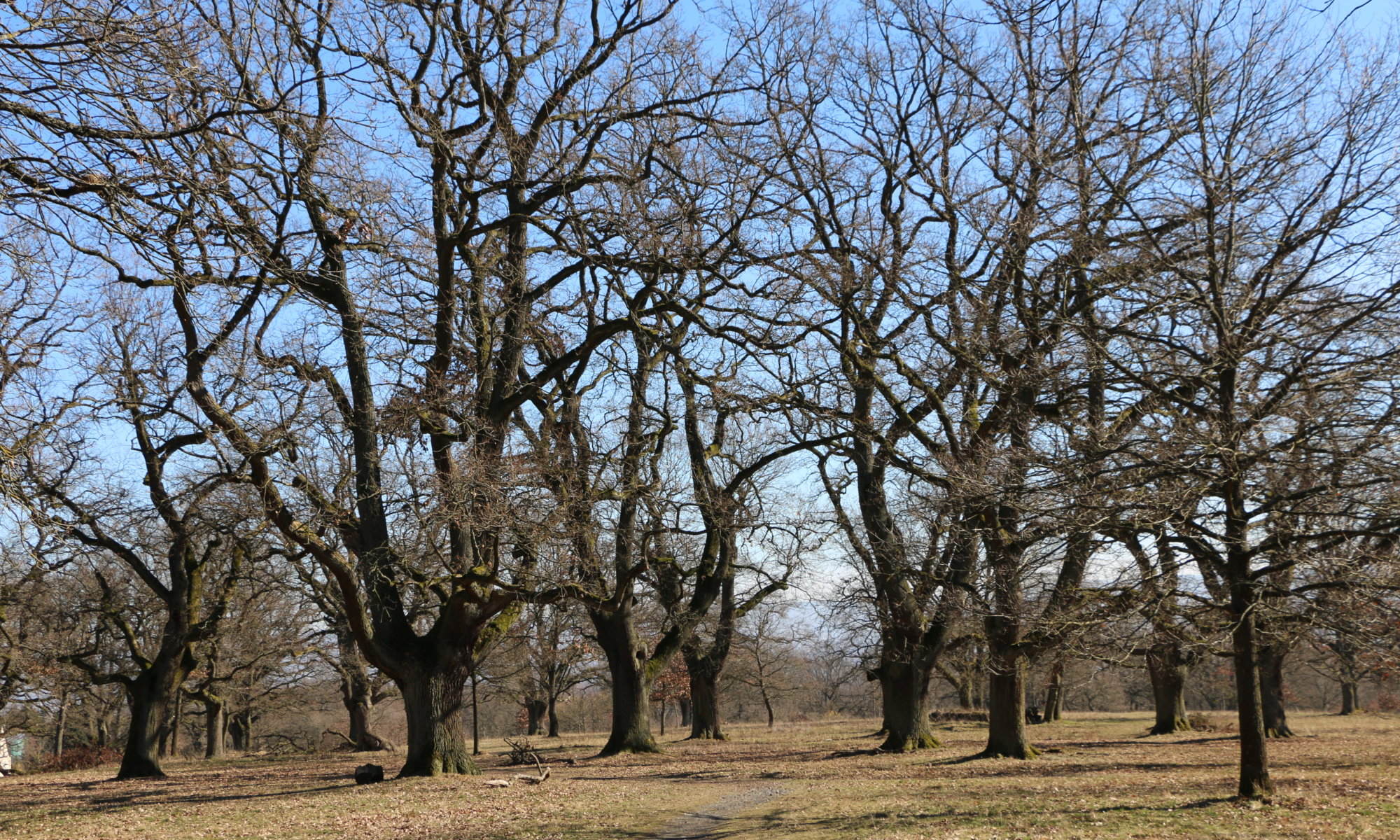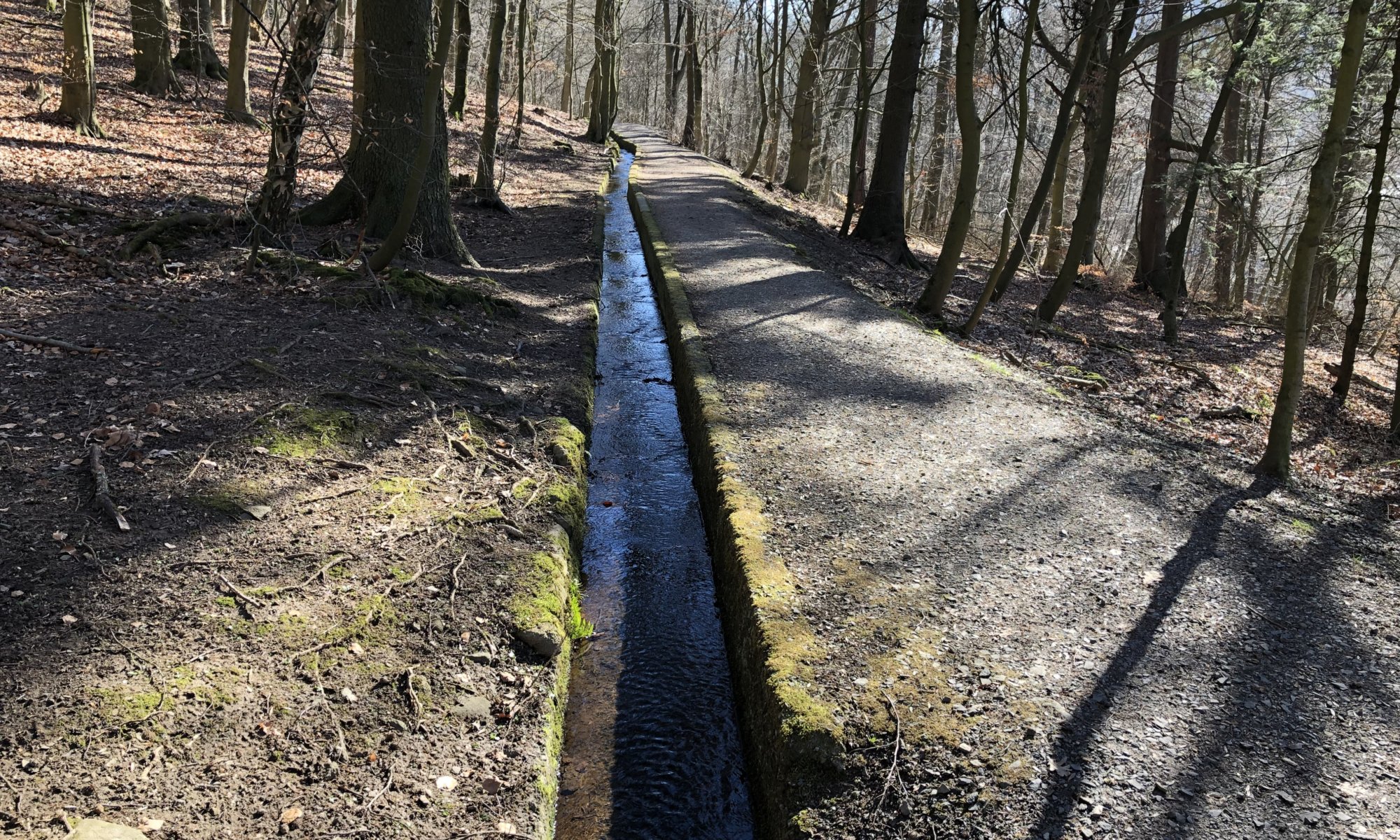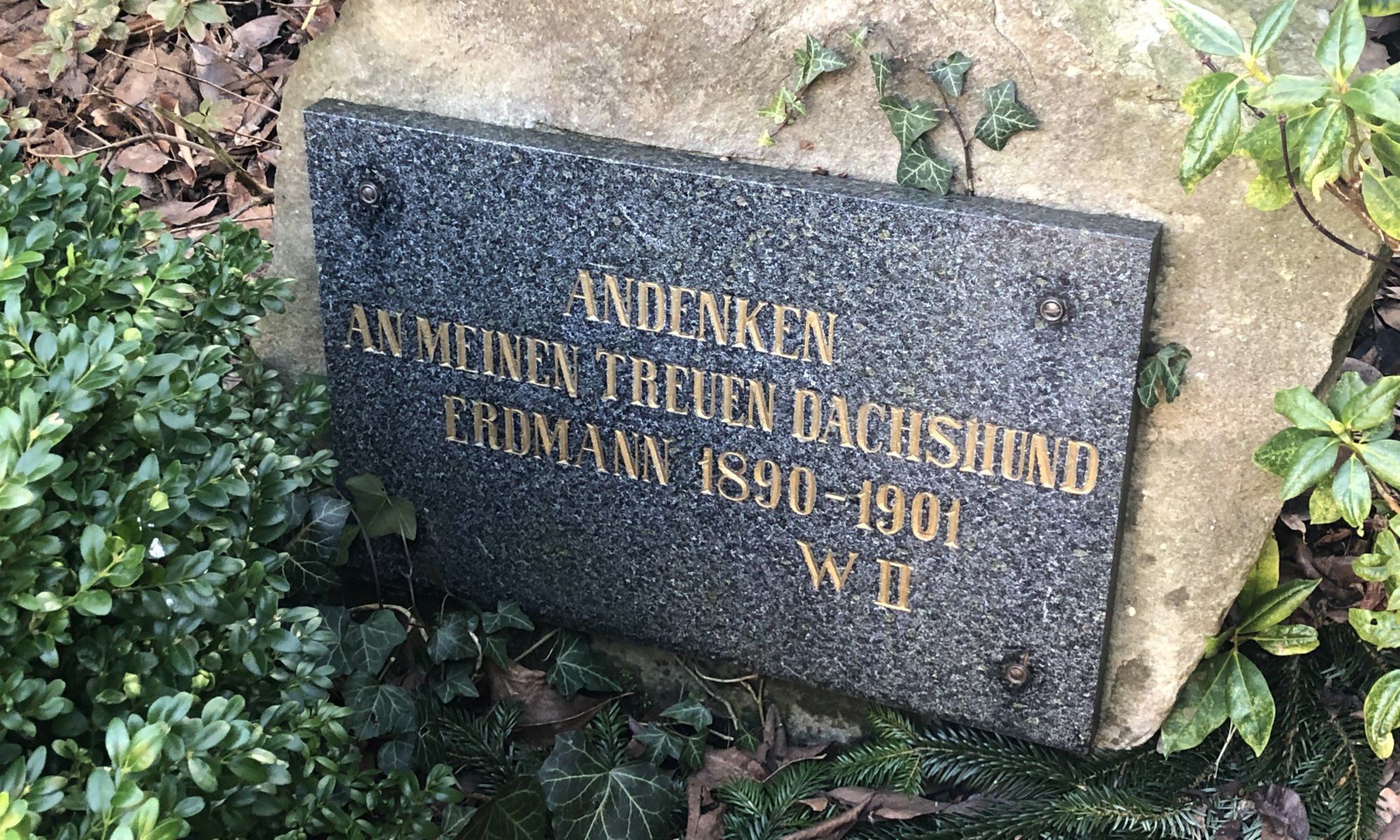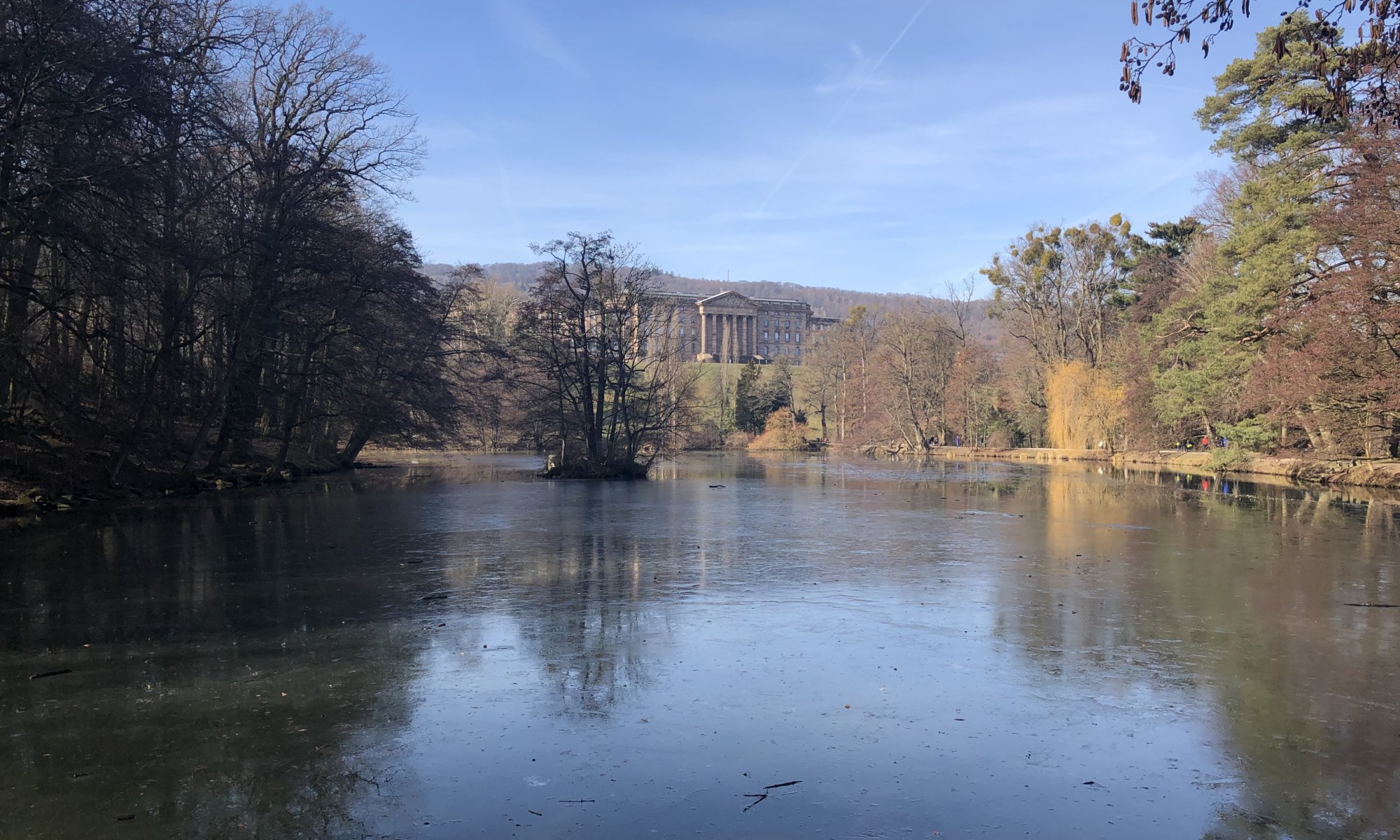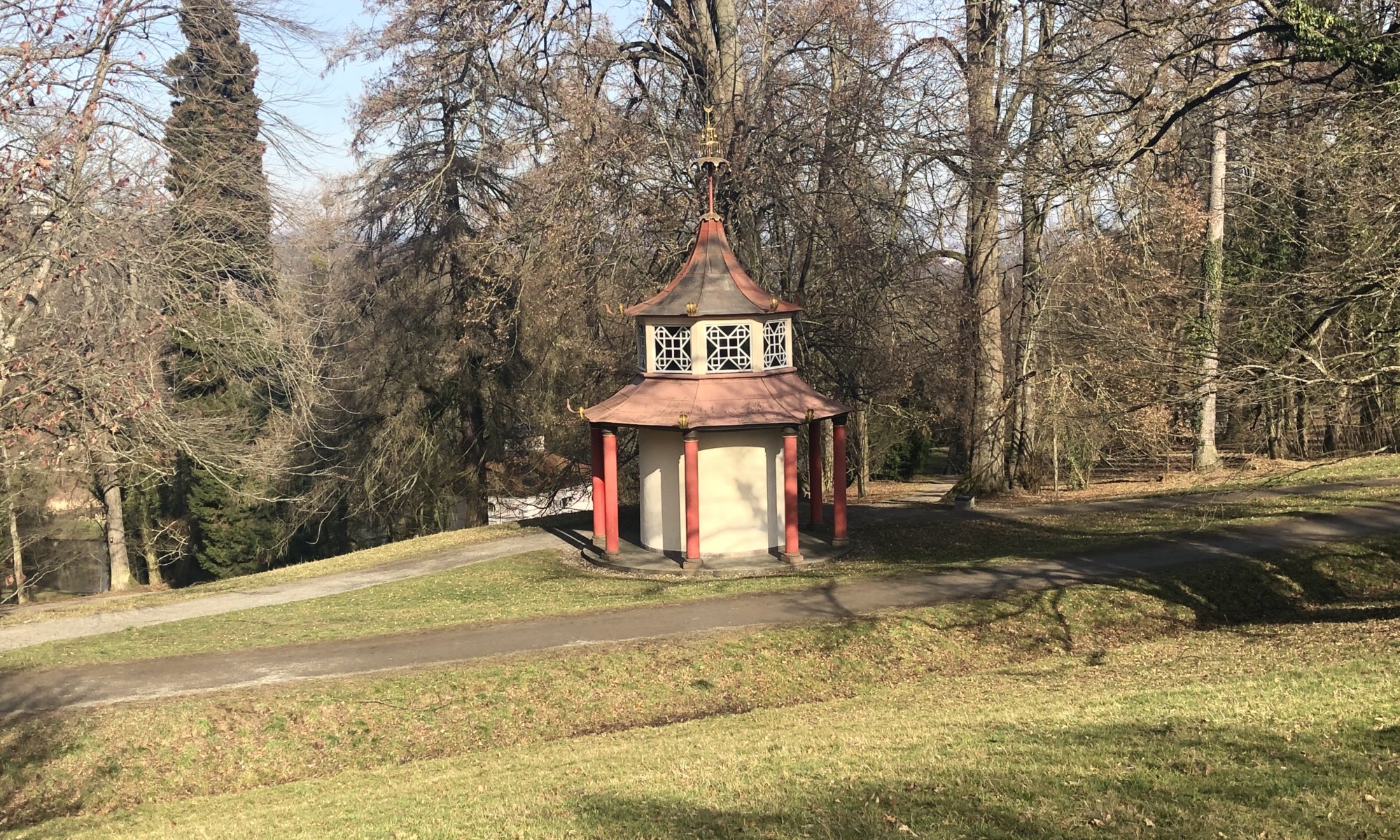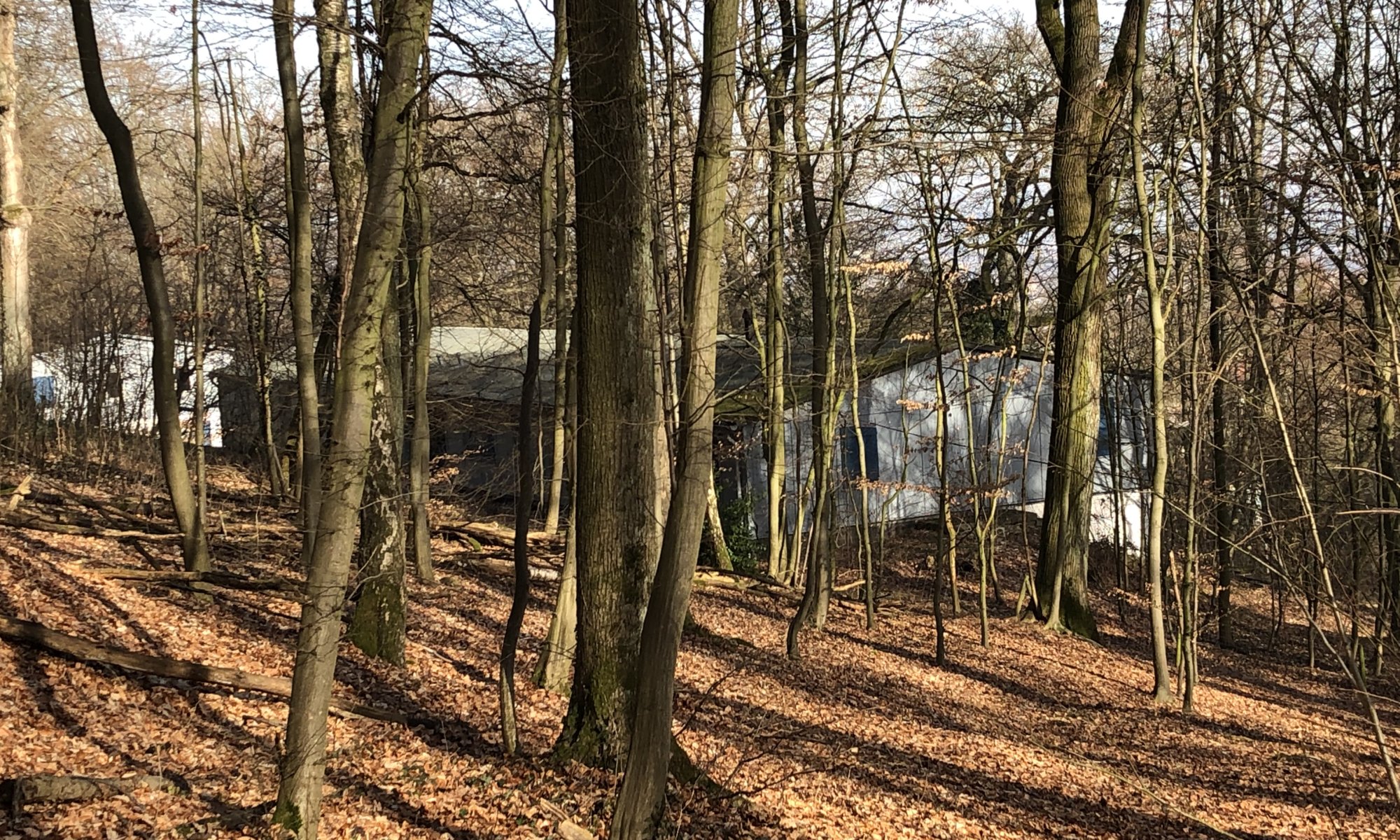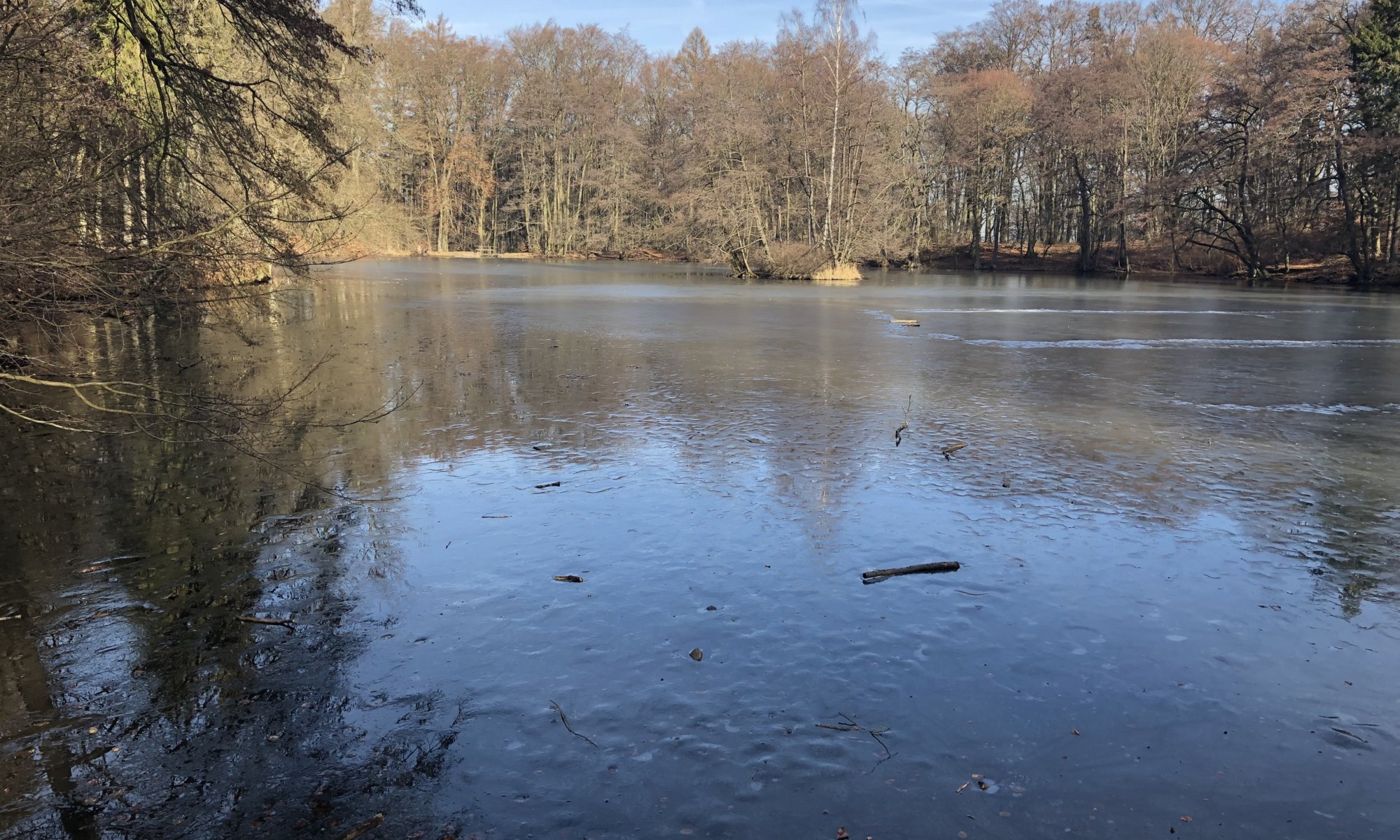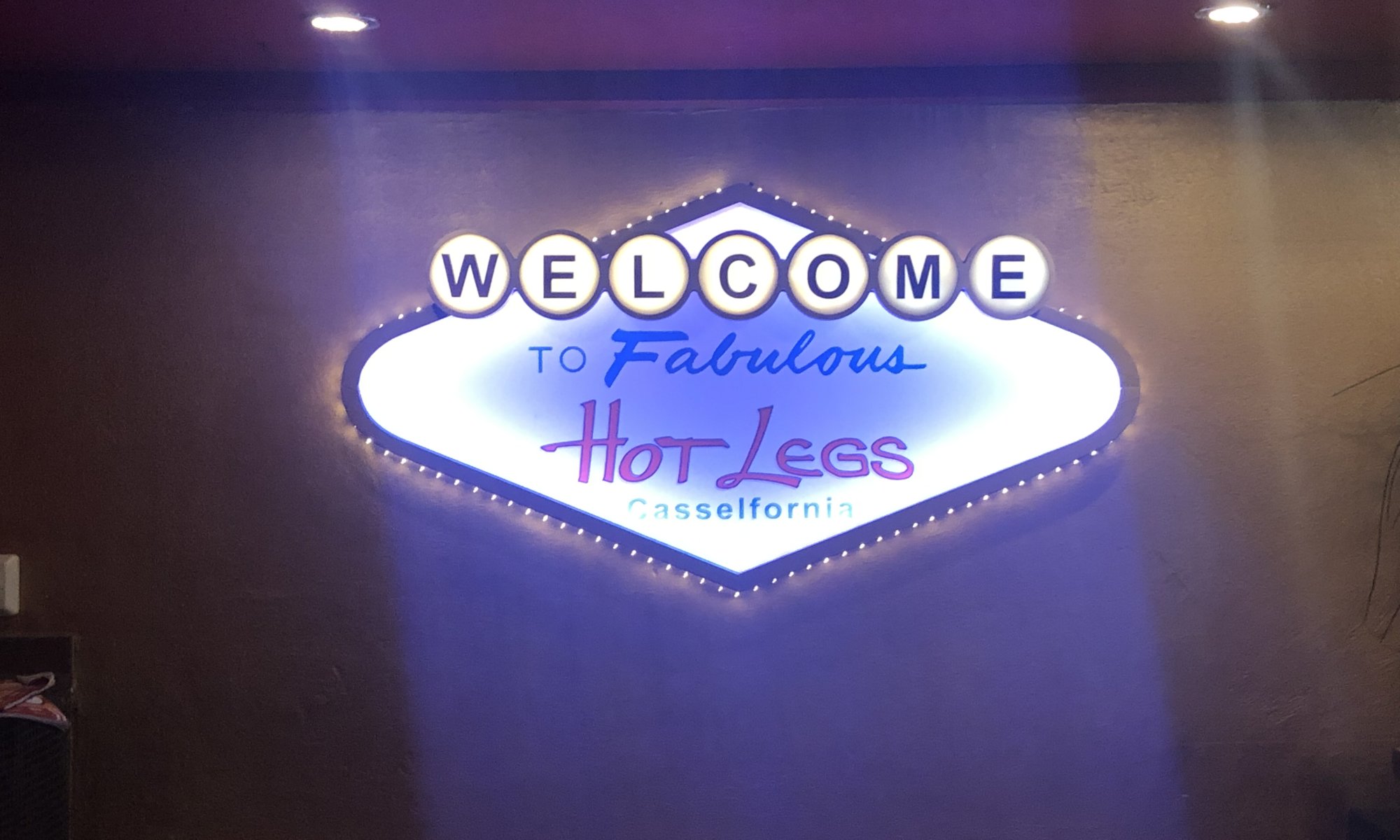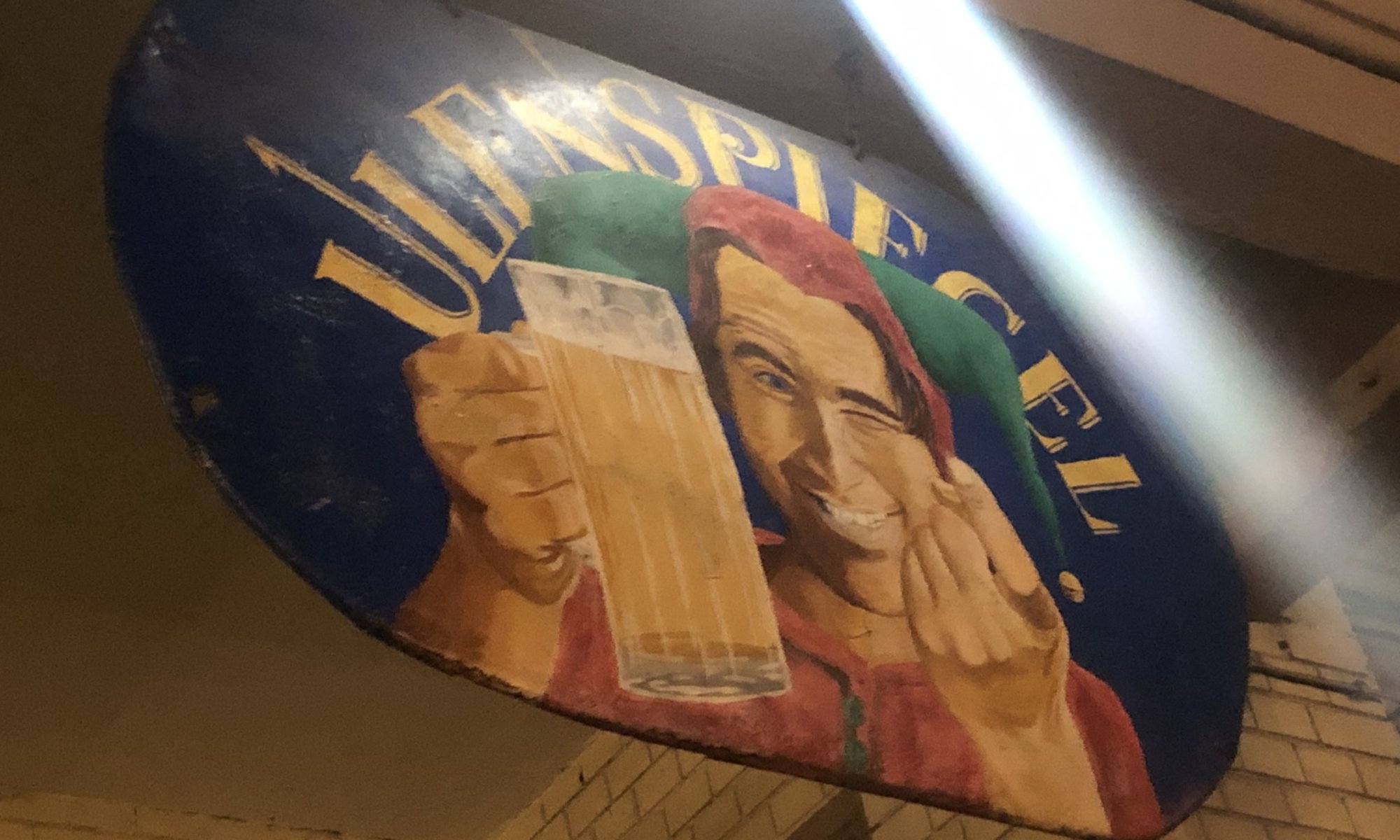The Marbachshöhe is a former military area at Kassel, Germany. The buildings in this area are nowadays used by companies and as residential homes. Next to them you can find the tiny nature preserve known as Marbachsgraben or Marbachsgrünzug. It is taken care of by the city to give insects, birds and small animals a home. If you follow the Helleböhnweg up the hill you can have good views on Kassel next to the Westfriedhof cemetery.
Continue reading “Marbachsgraben”Hutewiesen
Within the city of Kassel, Germany you can find an area with beautiful old oaks – the Hutewiesen above the Dönche nature preserve. They are grown as nature wants them to be – in every direction and wild as only an oak can grow. In summer the area is often used to host a herd of sheep.
Continue reading “Hutewiesen”Following the water
The ‘Wasserkünste‘ of the Bergpark Wilhelmshöhe at Kassel, Germany are enabled by a system of water flows. While the cascades below the Herkules receive their water from two artificial lakes behind the monument, the Steinhöfer Wasserfall gets the water from the old mine ‘Zeche Herkules‘ and the tiny stream Sichelbach. From Neu-Holland the water is first brought by a long channel to the mountain lake Asch.
Continue reading “Following the water”Roseninsel
Within the Bergpark Wilhelmshöhe at Kassel, Germany you can see one of the oldest collections of roses – it dates back to year 1767. When the current building of Schloß Wilhelmshöhe was errected the Schloss Weißenstein – formerly located there – was destroyed. In 1798 the remains were thrown into the lake Lac next to the castle. Since then they formed the island Roseninsel which is now home to the rose collection.
Continue reading “Roseninsel”Lac
If you like a stroll in a park or watching bats and raccoons the Lac at the Bergpark Wilhelmshöhe at Kassel, Germany might be the right place for you. It is an artifical lake that belongs to the Schloss Wilhelmshöhe and was used by the different inhabitants of the castle. It was created in 1785 by connecting five former lakes and building small waterfalls and paths around the lakes. By that time it was normal to give French names to buildings and lakes (le lac = the lake).
Continue reading “Lac”Mulang
There was a time at Germany when everything from China was en vogue. That is why there was a Chinese village at the borders of the Bergpark Wilhelmshöhe at Kassel, Germany. It was built from the year 1781 on and was named ‘Mou-lang‘. Today still 13 of the 21 original buildings are in place – but you’ll have to search for them because their ‘Chinese style’ is unobtrusive and they are surrounded by different mansions built afterwards.
Continue reading “Mulang”Baracken
When you walk from the Löwenburg castle at Kassel, Germany down the road back to civilization you might wonder about two barracks standing near Anthonistraße and Panoramaweg. These are the last remaining buildings of an outpost of the concentration camp Buchenwald near Weimar, Germany. The one with the words ‘Jedem das Seine‘ at the gate. About 288 people were brought from Weimar to Kassel between 1943 and 1945 – many of them political prisoners.
Continue reading “Baracken”Asch
The lake Asch at Kassel, Germany is an artifical lake created on a mountain belonging to the Habichtswald high above the city. It is used to store water for the ‘Wasserkünste’ of the Bergpark Wilhelmshöhe. In local dialect ‘Asch‘ means ‘pot‘ and that is exactly what this lake is: a pot full of water surrounded by a forest on a mountain. It is a nice place, there are benches to sit down and it is supposed to be very relaxing during summer – it doesn’t get that hot up there.
Continue reading “Asch”Hot Legs
It sounds much more erotic than it really is: the bar Hot Legs at Kassel, Germany. This venue was once decorated with the legs of display dummies – and therefore it received its name. Today it is just a nice and a little bit shabby bar at the Friedrich-Ebert-Straße, neighboring other party locations. Here they show major sports events and on Wednesdays you can often listen to live music.
Continue reading “Hot Legs”Ulenspiegel
It is an institution at the city quarter Vorderer Westen of Kassel, Germany. The Ulenspiegel is a nice little beer and wine bar at the intersection of Goethestraße and Querallee. Inside it has a quite dark and relaxing atmosphere, you can get good drinks and listen to rock music. In summer there are also seats outside and it is much easier to find a place than in winter.
Continue reading “Ulenspiegel”
